What is Prolapse?
When you hear the word “prolapse”, this is referring to Pelvic Organ Prolapse (POP). This is when one, or multiple, pelvic organs can descend downwards in the vagina or rectum, or into the vaginal walls.
While there are multiple types of prolapse, but here I want to discuss the 3 most common types of prolapse that tend to affect postpartum people.
They are: cystocele, rectocele, and uterine prolapse. These are all vaginal prolapses, meaning that the organs descend downwards in, or towards the vagina.
1). Cystocele: is a prolapse of the bladder
2). Rectocele: is prolapse of the rectum
3). Uterine: is prolapse of the uterus
Different Grades of Prolapse
There are different “grades” to diagnosing a prolapse. While there are varying grading systems, but most often, prolapse is graded from 0-4. Read this article for more specific information regarding the grading system.
- A Grade “0” means there is no evidence of prolapse and the pelvic organs are in their “normal” position (more on this to come!).
- A Grade “4” is when the pelvic organ in question has descended to the furthest point and is protruding out of the body.
Estimates say that up to half of parous women (have given birth) could have some degree of prolapse. Most are extremely mild, asymptomatic, and very manageable. That said, some experiences of POP are not and can be very frustrating – both physically and psychologically.
Either way, it can be incredibly important to do intentional exercise, plus core & pelvic floor training during pregnancy and after birth.
What Can Cause Prolapse?
There are MANY factors at play in developing POP, including pregnancy and birth. I don’t tell you that to induce fear, but rather, so that you have the education you deserve to properly care for your body.
Your body has strong, healthy fascia and connective tissue help to hold the pelvic organs in place securely. The pelvic floor muscles are layer of support to help the stability and function of the pelvic organs.
In pregnancy and postpartum there are hormonal impacts that cause our soft tissues to become more lax, combined with the impacts of changes to posture, pressure on the pelvic organs from a growing fetus, or birth injuries that can cause these soft (yet strong) tissues to become weakened or overstretched.
Additionally, there are other risk factors for prolapse including: chronic constipation, chronically bearing down for bowel movements and emptying the bladder, and non-optimal intra-abdominal pressure management in life and exercise (e.g. chronic bearing down on the pelvic floor in daily activities and workouts).
POTENTIAL (but not certain) Signs and Symptoms of Prolapse
• Feelings of heaviness and/or downward pressure in the pelvis or on the perineum
• Pain or pressure in the lower abdominals and/or in the vagina (anytime, but you may notice this during or after exercise)
• A lump or tissues bulging out of the vagina (you may be able to manually feel this on yourself)
• Feeling like the bladder or rectum doesn’t empty fully when going to the bathroom (check out the Squatty Potty to support easier bowel movements)
• Pain, discomfort or less sensation during sex or penetration
• Frequent urinary tract infections or symptoms of UTIs
• Feeling of weakness or less support in the pelvic floor.
What NOT To Do In Exercise
What I want you to know is that there are NO exercises or workouts that are inherently “unsafe” for POP. This is reassuring and positive!
Exercise can be an effective strategy for managing prolapse and reducing symptoms when they arise. That said, there are some things to help make your workouts more effective and comfortable if you are noticing symptoms arising during or after exercise.
If a coach or health professional tells you otherwise, they are operating from an old-school line of thinking and this is no longer evidence-based. Find another opinion!
My intention is to get my pregnant, postpartum, and perimenopause clients back to all the exercises, activities, workouts, and athletic endeavours they enjoy WITH prolapse and while managing symptoms well.
What TO Do In Exercise
1). Be aware of the impacts of gravity in early postpartum: the pelvic floor may feel better when you limit the amount of time on the feet after birth and in exercise in the early weeks or even months after birth (depending on your birth and recovery process). Progressively increase the amount of reps, sets, volume and load of exercises you do in your postpartum return to exercise.
2). Focus on core and pelvic floor lengthening and strengthening: learn how to connect to your abdominals & pelvic floor, AND how to release tension from those muscle groups.
3). Pay attention to how you’re breathing during exercise and daily life: while there is no one best way to breathe for pelvic floor support, it can be a good first step to practice exhaling on the hardest part of your exercises (see the 3E Rule) to feel nice support through the core and pelvic floor muscles.
4). Vary exercise positions during workouts: prioritize supine (on your back), side lying, seated, and incline bench to limit standing exercises to vary the stimulus on the pelvic floor!
5). Coach yourself through any symptoms: they are INFORMATION! POP symptoms don’t necessarily mean an exercise isn’t right for you. Instead, it might mean that you could feel better in said exercise with a different breathing, body alignment, or core strategy.
(Lower body exercises with the legs close together and wide apart, using light or heavy weights can all be appropriate for pelvic organ prolapse.)
6). In early postpartum, or return to structured exercise after a hiatus: increase exercise time and intensity slowly: ensure there is no extra heaviness, pressure or pain during or after exercise sessions
7). Be mindful of posture and alignment in your daily life: make sure you are doing your best to leave your bum behind you and to keep your ribcage stacked over your pelvis.
NOTE: No impact and plyometric type exercises until the pelvic floor physiotherapist has given the green light to reintroducing those things. At that point, we need to understand the cost vs. benefits to the prolapse and the woman’s life regarding adding those exercises back in. If we do re-add, we do so cautiously and keep the frequency low.
Examples of Prolapse-Safe Strength Training Exercises
1). Squat: click here to watch demonstration video
2). Deadlift: click here to watch demonstration video
3). Sumo Row: click here to watch demonstration video
4). Push-Up: click here to watch demonstration video
5). Pallof Press: click here to watch demonstration video
6). Chop: click here to watch demonstration video
(1-Arm Dumbbell Chest Press: I like to program incline presses with one Dumbbell, so pregnant folks can roll into and out of lying on their back, if that is more comfortable on the abdomen towards the later stages of pregnancy – OR anytime.)
(Deadbugs: You want to feel strong and supported in the dead bug, not with the abdominals constantly bulging out under pressure. You can vary this exercise with the same leg and arm extending, and with the opposite arm and leg extending.)
How To Exercise Safely And Strongly With Pelvic Organ Prolapse
In sum, don’t ignore the signs and symptoms of prolapse or be nervous to get advice, if access with a highly trained pelvic health physiotherapist OR Perinatal Fitness Coach is available to you! It is absolutely the best choice you can make if you think something might be off and there is so much treatment to help you manage it.
For a well-rounded strength & conditioning program to support you with pelvic organ prolapse safe exercise in pregnancy, postpartum, and perimenopause, enrol for our signature online coaching plans in, To Pregnancy And Beyond.
More Resources
http://www.pelvicfloorfirst.org.au/data/files/Pelvic_Floor_First/What_is_a_prolapse.pdf
http://www.pelvicfloorfirst.org.au/data/files/Pelvic_Floor_First/16prolapse.pdf
http://www.aafp.org/afp/2010/0501/p1111.html
http://www.medscape.com/viewarticle/714986_3
http://www.ncbi.nlm.nih.gov/pubmed/16077995
http://www.ncbi.nlm.nih.gov/pubmed/18092333
Exercise strongly and enjoyably with POP!
Jess

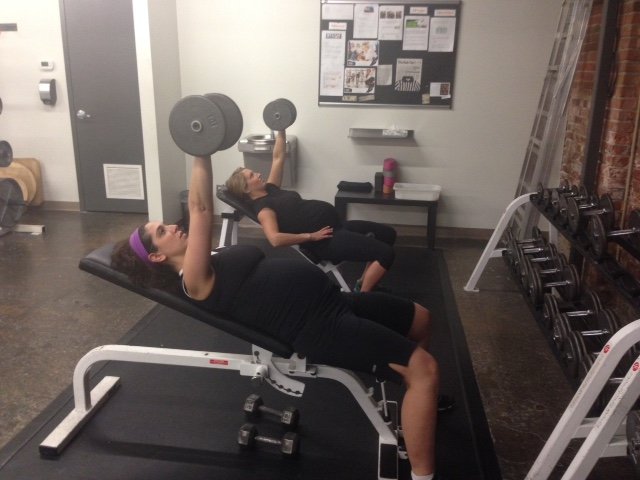
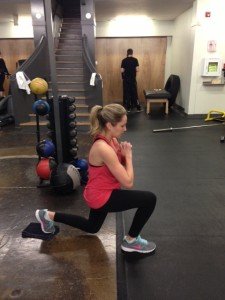
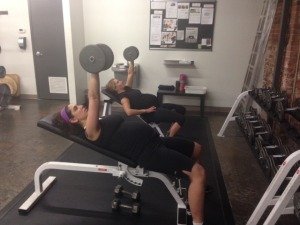
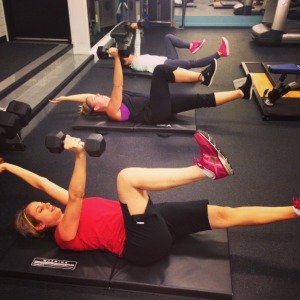

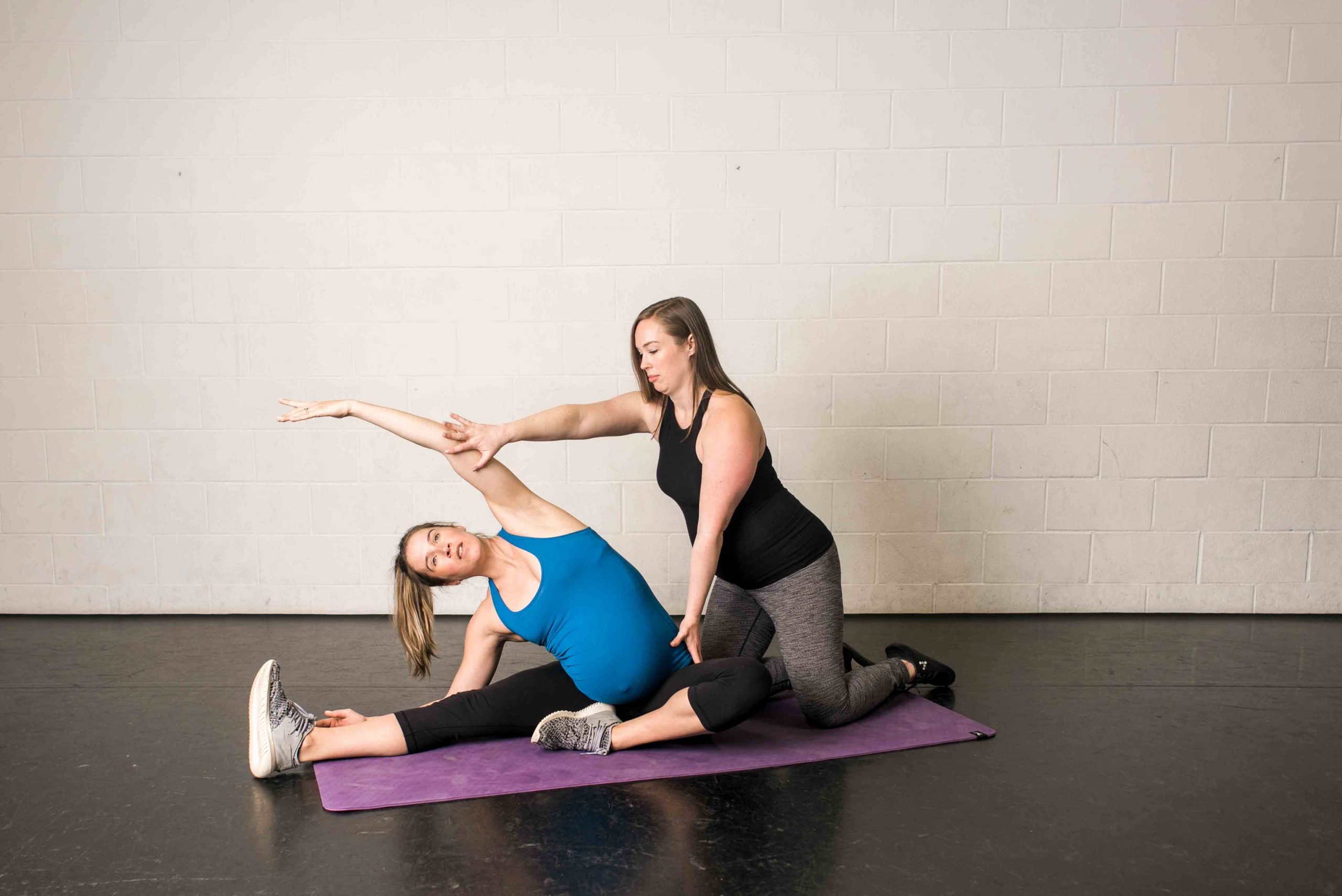


Thank you so much for this clear, helpful information. What a kind act to post this!
You’re very welcome Carolyn!
Thia was incredibly helpful! I have a cystoele and I have been doing ALL the wrong exercises. I had no idea! Now I know what to avoid and what is safe 🙂
So glad you found it helpful Amy!